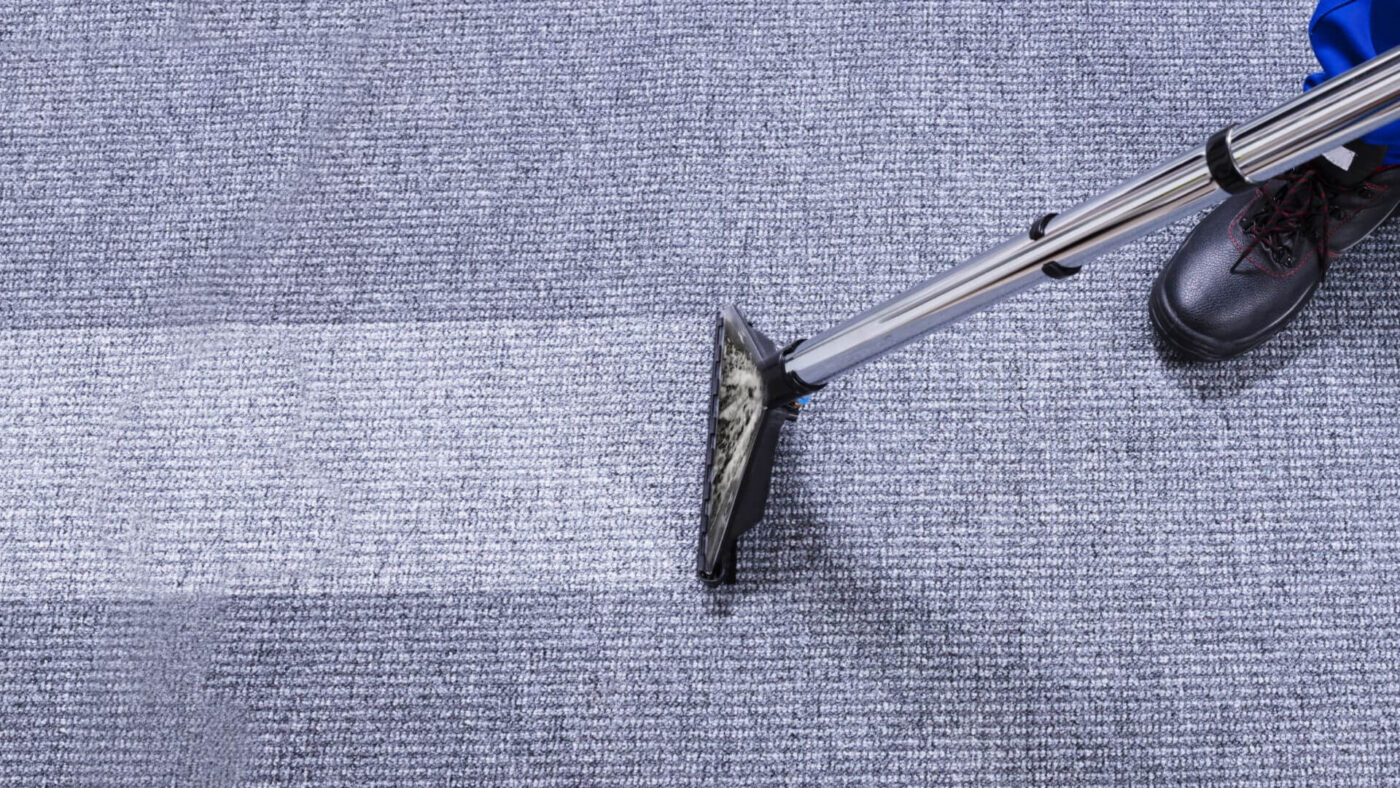Rug Cleaning for Allergies: Inhale More Easily at Your Home

Having carpets is essential not only to the visual appeal of your home and also to the health of your family, particularly if you are prone to allergic reactions. Dust mites, pet dander, pollen, and other allergens can collect in the carpets over the years, which makes it hard to take a deep breath in your own space. That is where effective carpet cleaning becomes essential, helping to develop a healthier atmosphere for you and those you care about.
In this definitive guide to carpet cleaning, we will explore effective methods to maintain your floors clean and address frequent issues like how regularly to clean your carpets, the most effective cleaning techniques, and the advantages and disadvantages of DIY versus engaging a professional. We will also delve into the most effective ways to remove tough stains, pet odors, and ways to care for the carpets throughout the seasons. Prepare to breathe easier at home with our detailed advice for maintaining clean, allergy-friendly carpets.
Essential Rug Cleaning Methods
Cleaning your carpets properly requires using the right techniques to eliminate dirt, allergens, and stains. One of the most important methods is consistent hoovering, which helps to remove soil and dust. Hoovering should be done at least weekly, but for busy areas, daily cleaning can help maintain the look and health of your carpets. Think about using a hoover with a high-efficiency particulate air filter to capture allergens and improve indoor air quality.
For thorough maintenance, steam cleaning is one of the most effective techniques out there. This method uses hot water extraction to remove embedded dirt and allergens, making it particularly beneficial for people with allergies. https://anotepad.com/notes/bymm8xgy provide this service, but you can also hire a steam cleaner for a DIY approach. Nottingham locksmith for landlords to adhere to the manufacturer's instructions and let the carpet to air dry completely afterward to prevent mold growth.
Dry cleaning is another effective technique, especially for delicate rugs that may be harmful by moisture. This technique uses minimal water and involves applying a solution to break down stains and soil. For both methods, it's advisable to perform a test any chemical on a small, hidden area of your carpet before widespread use. Grasping these key techniques will help you keep your rugs clean and extend their durability.
DIY vs. Expert Carpet Care
When it comes to carpet cleaning, one of the first choices homeowners face is whether to tackle the job themselves or hire a professional. DIY cleaning can be an appealing option due to its cost-effectiveness and the ease of doing it on your own schedule. Many people opt for rent rug-cleaning machines or using store-bought products found at local shops. This approach can be adequate for routine maintenance and light cleaning, especially if you are careful about keeping your carpets in great shape.
On the other hand, professional cleaning services bring expertise and specialized equipment that can provide a deeper clean than most DIY methods. Professionals are skilled to identify various types of blemishes, materials, and the most effective methods to use for each situation. They can tackle tougher issues, such as stubborn stains and allergens, that might not be fully resolved through DIY methods alone. This can be particularly important for individuals with allergies, as professional cleaning can help remove dustmites, pet dander, and other contaminants that affect indoor air quality.
Ultimately, the choice between Do-It-Yourself and expert cleaning depends on your specific requirements, budget, and the condition of your carpets. For routine upkeep, DIY methods may be enough, but for a thorough clean that ensures a healthier home, investing in professional cleaning can be a good investment. Consider your carpet type, usage, and the presence of allergens to make the best choice for your home.
Common Errors and Solutions
One frequent mistake many homeowners make is underestimating the power of routine vacuuming. Omitting vacuuming altogether or doing it infrequently can lead to a buildup of dust, allergens, and dirt in the carpet fibers, which may contribute to respiratory issues. To address this, establish a vacuuming routine that preferably includes at minimum one time a week for low-traffic areas and up to two or three times for high-traffic zones.
Another mistake is using too much cleaning solution when tackling stains. Excessive product can leave residue that in fact attracts more dirt over time. To prevent this issue, always follow the manufacturer’s recommendations for the amount of cleaner to use, and rinse thoroughly with water when necessary to ensure no residue remains.
Finally, many people neglect to deep clean their carpets consistently. This can worsen allergy symptoms, as allergens become caught in the fibers. To tackle this, aim for a deep clean at a minimum of once a year, or more often if you have pets or suffer from allergies. Investing in either a professional cleaning service or a premium steam cleaner can make a significant difference in maintaining a clean indoor environment.

